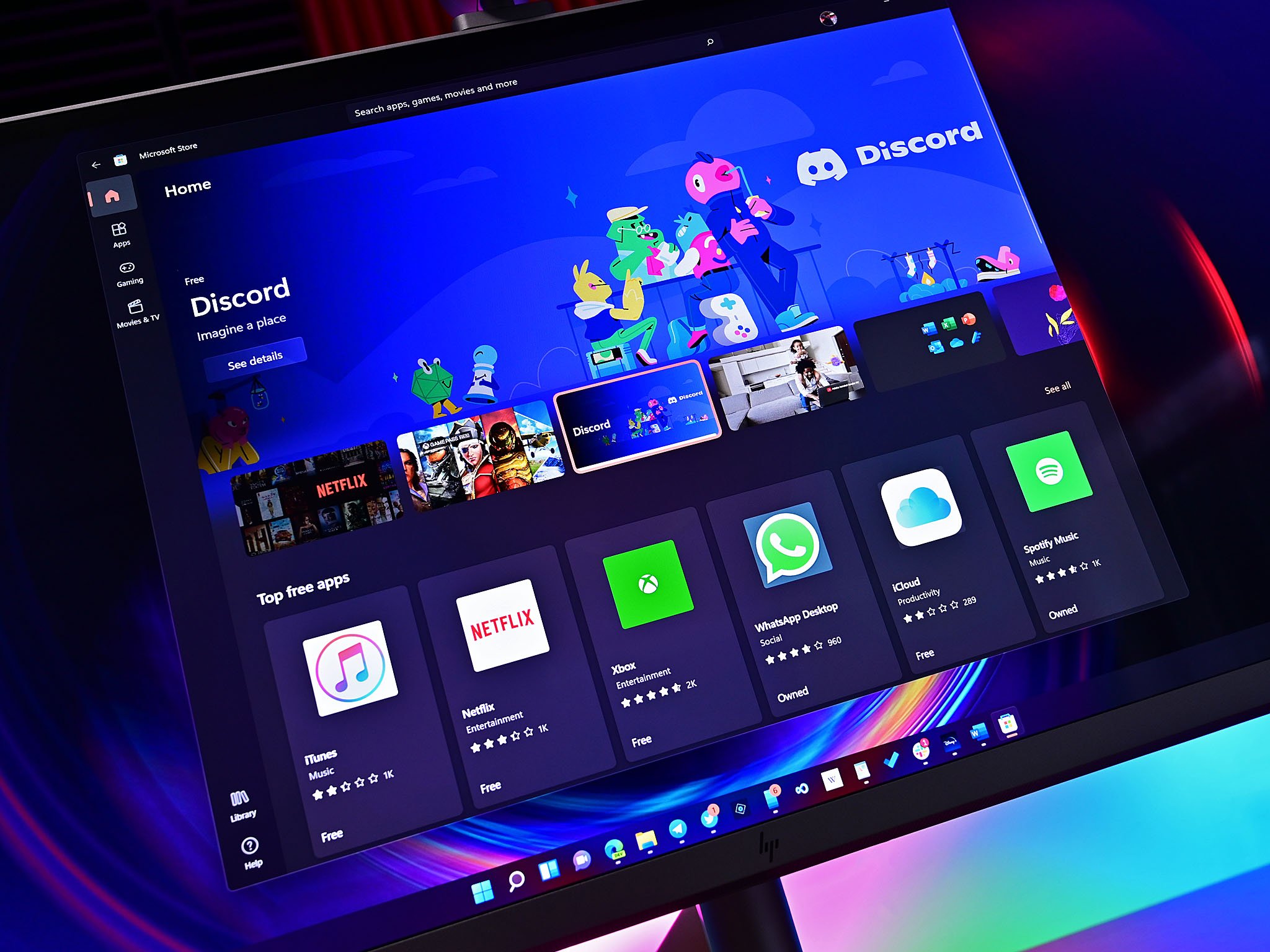The "is UWP dead" debate continues.
Microsoft has today published details around how app developers can migrate their existing UWP Windows applications to the new Windows App SDK (Project Reunion,) which itself is based on the classic Win32 app platform. This documentation has immediately re-heated the on-going debate regarding whether UWP is dead or alive, so let's see what the fuss is about.
The info and FAQ that Microsoft has published today details how an app developer can migrate their existing UWP app over to the Windows App SDK. It goes on to detail why an app developer would want to do this, citing that the Windows App SDK has access to features and APIs that UWP doesn't (and likely never will.)
If you're a developer with a UWP app, but want to utilize the latest advancements in WinUI 3.0 or .NET 5 and up, then you'll need to migrate your app to the Windows App SDK first. This is because UWP is not being updated to support these new platform features and APIs. UWP can continue to use WinUI 2.x and .NET 4 as it always has done.
It's important to note here that Microsoft is not saying that developers need to migrate from UWP because it's being killed off. In fact, the documentation says quite the opposite: "if you are happy with your current functionality in UWP, there is no need to migrate your project type." The documentation goes on to mention that Windows itself continues to use UWP where it makes sense.
With that said, Microsoft does want app developers to adopt the new Windows App SDK, and making it easier for UWP developers to do so is a no-brainer for everyone. The Windows App SDK is the future of app development on Windows desktop as it attempts to combine the best of UWP and Win32 so that developers have the freedom to build the apps they want.
UWP-only platforms still exist
UWP still is the only way to build apps on HoloLens and Xbox platforms, and until that changes, it'll always be an option for developers if they're looking to build Windows apps. It may not be the best option, and it certainly won't be the platform with the most APIs and features for developers to take advantage of, but when was UWP ever?
Ultimately, this will come down to a choice for developers. What kind of app are you building? Does it require the additional features available in the Windows App SDK that UWP does not offer? Does your app need to be cross-compatible with UWP-only versions of Windows such as Xbox or HoloLens?
All of these questions need to be answered before an app developer decides what platform they need to use. If you need access to the new APIs and features present in the Windows Apps SDK, then Microsoft has made it easy to migrate your UWP app. If you don't, then you're welcome to stay using UWP, which Microsoft says will continue to be updated with security, bug, and reliability fixes.
For us end-users, not much changes. Apps built with the Windows App SDK can utilize the best of UWP, including the modern and fluid UI framework that end-users have wanted every developer and app to adopt since 2015. If your favorite app does decide to migrate from UWP to Windows Apps SDK, if it's done well you shouldn't notice it even happened.
Windows App SDK is the future, bringing UWP and Win32 under one umbrella for developers to take advantage of the best of both worlds. Does that mean UWP itself is dead? It depends on what you consider to be "dead" in this regard. Is UWP still being available as an option for developers who want or need it considered dead? Even if UWP isn't being updated with new features?
I'll leave that up to you, but for me personally, UWP can only be considered "dead" when it's no longer supported in Windows or a choice for developers when creating a new project. For us to get to that point, Microsoft would need to allow third-party non-UWP apps to run on Xbox and HoloLens first.
via @WithinRafael




0 Commentaires